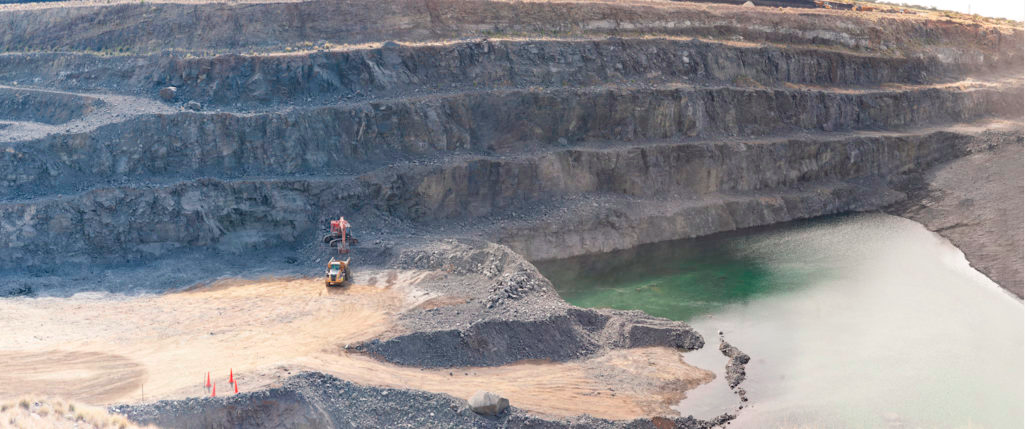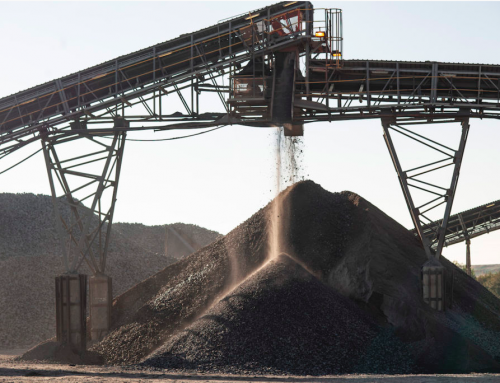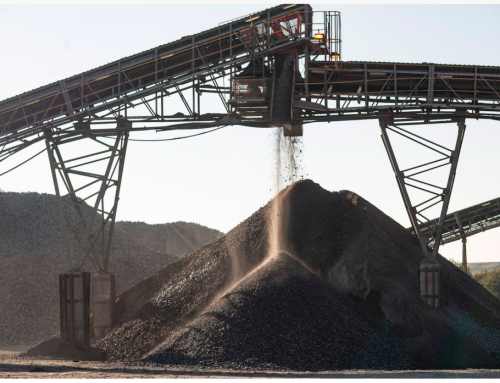By Julian Singer
Bushveld Minerals, a vanadium mining company, reported a revenue of US$43.1 million for the first half of 2020, down from $78m for the first half of 2019, and leading to a loss of $10.3m after a profit of $30.8m in H1 2019. At the same time sales and production of vanadium both increased significantly, the latter from 1392 million tons to 1649mt. Why this apparent contradiction?
Vanadium is mostly sold as a powder of vanadium peroxide or as nodules of ferrovanadium, a mixture of vanadium and iron. Both are used to strengthen steel, so the price of vanadium is strongly affected by world-wide activity in the high-grade steel industry. In late 2018 this was particularly high with the price of vanadium reaching three times its historical average (Greenbarrel, Dec 2018). It dropped throughout 2019 and then again in early 2020 due to the coronavirus, so that the average price for the first half of 2020 was sixty-five per cent less than in the first half of 2019. This largely explains the drop in revenue.

Vametco open pit mine (www.bushveldminerals.com)
Bushveld has part ownership of several mines near Pretoria, South Africa. Its main asset is a seventy-four per cent ownership of Vametco to which it added a one hundred per cent ownership of Vanchem at the end of 2019. Vanchem produced 431 mt in H1 2020, largely explaining the increase in production. The output from both mines was of course reduced by the coronavirus, because of lockdown and safety procedures and the effect of electricity rationing.
Although the steel industry is the company’s main market, it sees the future in redox flow batteries (VRFBs) that use vanadium as an electrolyte. To this end it has created a division, Bushveld Energy, whose strategy is to enter the downstream segments of this market.
The first step is to convert the raw vanadium into the liquid vanadium oxide that acts as the electrolyte. An electrolyte plant, to be built near East London, has now received approval from the local authorities. An engineering contractor has been selected but no date of completion has been announced. Once available the electrolyte will be sold or rented to VFRB manufacturers and users.
The second step is to become involved in the manufacture of VRFBs. To this end in March 2020 the company entered into an agreement to supply vanadium electrolyte to the VRFB manufacturer RedT. Shortly afterwards RedT merged with another VRFB manufacturer, Avalon, to form Invinity, in which Bushvelt took a stake of 8.91 per cent. At the same time Bushveld has taken a controlling interest in Enerox, an Austrian developer, manufacturer and distributor of VRFBs.
The third step is to install batteries and to develop energy storage projects in Africa. In the first such project a battery developed by the American company UniEnergy Technology (UET) was installed in 2019 on a Eskom site (Eskom is the dominant South African power company). UET has now pulled out, and is being replaced by its Chinese sister company Rongke Power Integration Ltd. Another project is to install solar panels and VRFBs at the Vametco site and then at all of Bushveld’s facilities, which will involve up to 125MW of solar and 180MWh of storage.
But whether Bushveld likes it or not its financial success depends on the steel market. Supply is not a problem: it has a majority interest in two other potential mines (Brits and Mokopane) both of which have large vanadium resources. Sales are less certain, partly because of the coronavirus and partly because it is increasingly dependent on China, which accounted for eighteen per cent of sales in the first six months of 2020. China has its own sources of vanadium but needs to import during periods of expansion, making Bushveld a swing producer.
In early October the company lowered its annual production forecast because of continuing restrictions. But when these do ease up it is likely that the demand for high-grade steel will be high and Bushveld can recover from its half-year loss.


